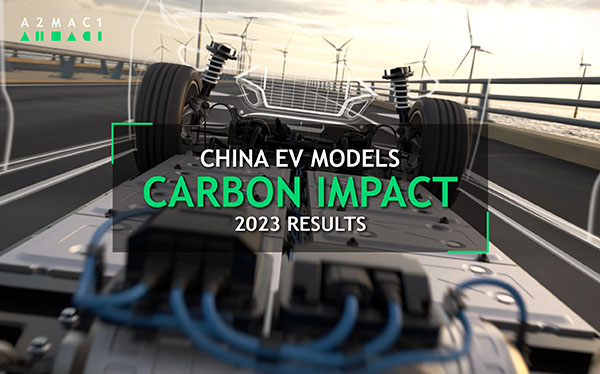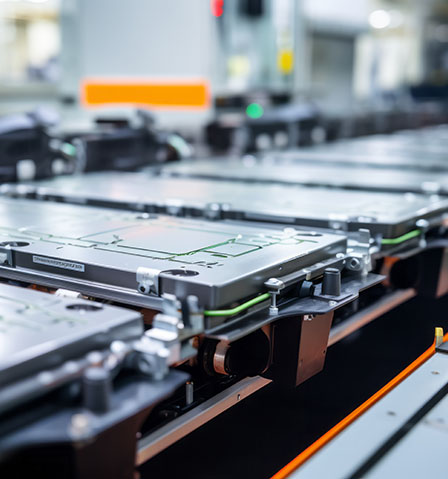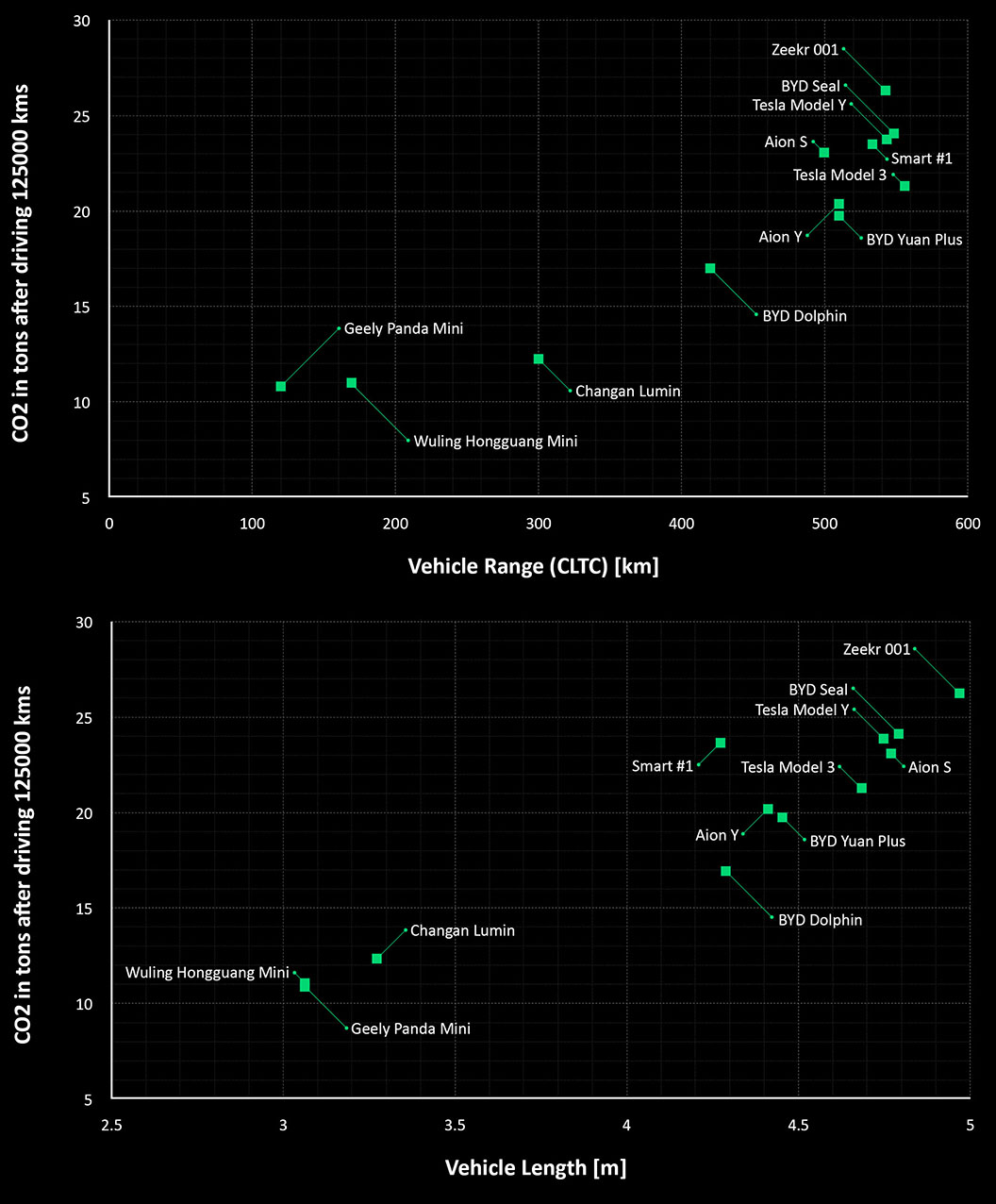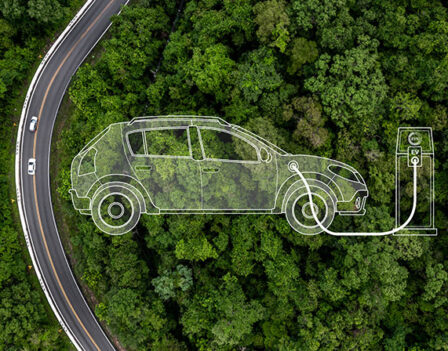A2MAC1 Platform is now a TISAX Participant
Jun 7, 2023

World Automotive shift to electric vehicles (EV) is now launched at full speed. In numerous nations, governments offer either direct or indirect incentives to expedite this transition with the aim of reducing carbon emissions. China, on the other hand, phased out direct subsidies at the close of 2022, thanks to its innovative incentive approach targeting original equipment manufacturers (OEMs).
But does this shift to EV reduce CO2 emissions? It’s commonly understood that, in the production phase, an electric vehicle (EV) generates a higher amount of CO2 emissions compared to an internal combustion engine (ICE) vehicle. It’s only after covering a certain distance and specific circumstances that an EV becomes a more environmentally friendly choice in terms of CO2 emissions when compared to an ICE vehicle.
Due to A2MAC1’s extensive expertise in the automotive sector, we could evaluate the carbon performance of the top 15 models that were sold in Germany and France in 2022. This assessment has garnered significant attention from both the industry and media outlets throughout Europe.

In the year 2023, we chose a total of 12 popular models from 6 different automotive manufacturers in China. We conducted an extensive examination of their assembly procedures and battery supply chains, utilizing publicly available data along with A2MAC1’s teardown insights. This comprehensive assessment also factored in vehicle energy consumption, enabling us to provide a thorough estimate of the life cycle CO2 emissions.
The initial finding indicates that when considering a total driving distance of 125,000 kilometers, encompassing all aspects from manufacturing to operation and recycling, the spectrum of CO2 impact among various car models ranges from 11 tons to 26 tons. As expected, smaller and lighter vehicles with battery sizes tailored for urban usage stand out as the top performers in terms of carbon impact. Geely Panda, Hongguang Mini and Changan Lumin are the standout leaders in this category.
Governments can play a pivotal role in diminishing the carbon footprint by promoting these compact vehicles through their subsidy policies, whether direct or indirect. The potential impact is significant, amounting to as much as a 70% reduction in the CO2 difference between the highly efficient small vehicles and their less eco-friendly counterparts. Similarly, consumers also have the power to make a positive contribution to global warming mitigation by choosing smaller vehicles if they wish to actively participate in this endeavor.
Delving further into the findings reveals that, within the same vehicle range, there is a discernible 20% disparity between the top-performing and the least efficient models. This gap can be primarily attributed to factors such as battery technology (LFP vs. NCM), the location of assembly, and the effectiveness of battery design. Additionally, the vehicle’s equipment and body style exert a crucial influence on these variations.
The impact of vehicle body size is evident in the graph showing the relationship between vehicle length and LCA CO2 emissions. Typically, car manufacturers incorporate larger batteries and extra features into larger vehicles, resulting in a nearly linear increase in CO2 emissions with larger vehicle sizes. However, there is an exception in the case of the BYD Dolphin. In the entry-level version of the BYD Dolphin, the company provides a low-spec vehicle with a reasonable range and emissions that fall between those of city-based battery electric vehicles and traditional vehicles.

OEMs have a diverse set of options at their disposal to lower the carbon footprint of their vehicle models, with potential improvements spanning from 10% to 25% for models of a specific size.
All parties involved, including government entities, OEMs, and suppliers, recognize that our understanding of CO2 impact is a work in progress. Many of the existing standards and norms will likely undergo reassessment in the near future. One instance of this is the forthcoming distinction in CO2 impact between lithium sourcing from Australian ore and Chilean brine, as their environmental footprints differ significantly. Additionally, emerging technologies like sodium-ion batteries hold substantial promise in this context.

Appendix: Data Calcutation method